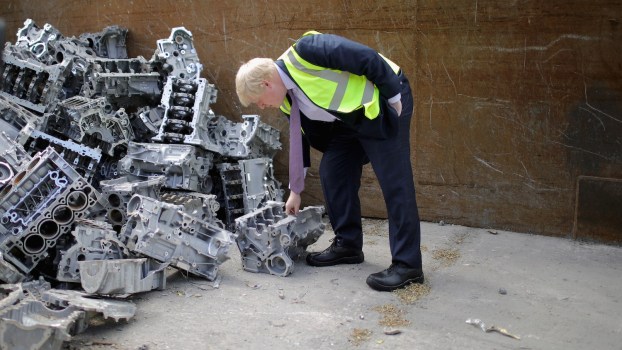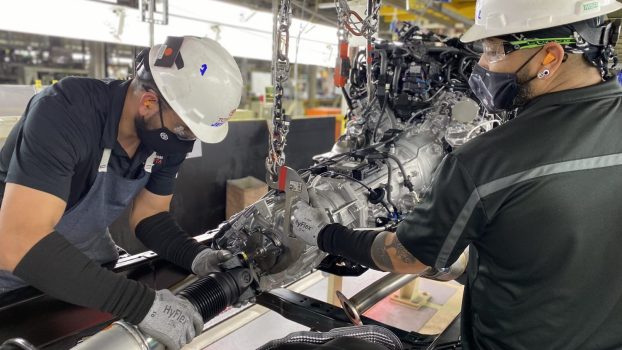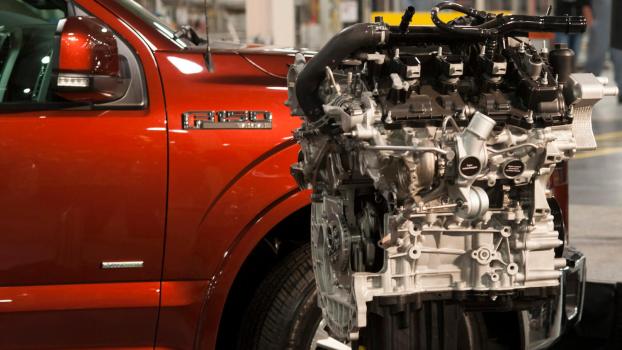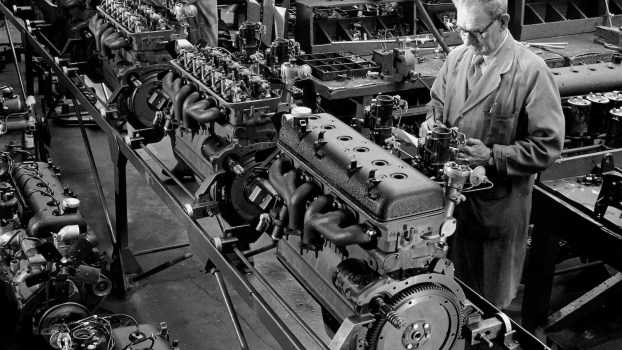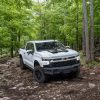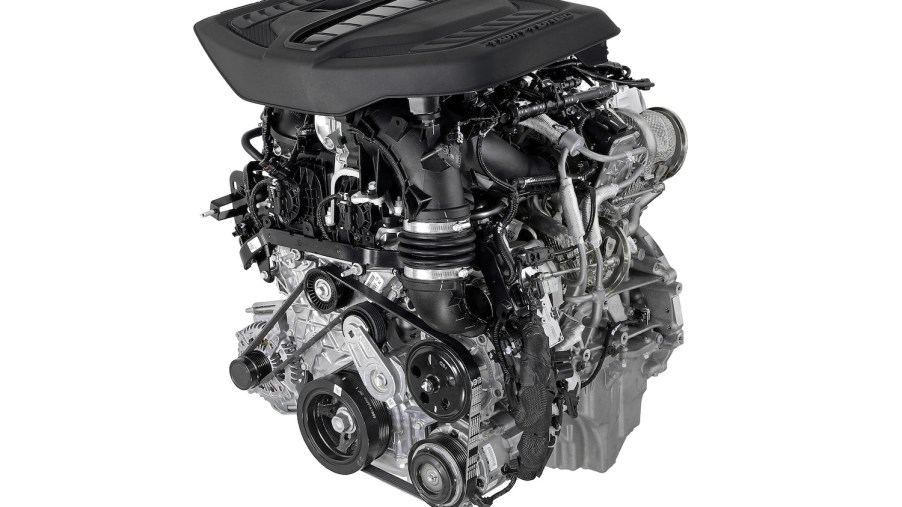
Storm Warning: Dodge’s ‘Hurricane’ I6 Engine by the Numbers
A storm is brewing: Stellantis‘ new twin-turbocharged inline six-cylinder “Hurricane” engine. This Hurricane makes 540 horsepower. It is strong enough to power a Ram truck and small enough to fit in a Wrangler or Dodge Challenger; this engine is angling to make the HEMI V8 obsolete. Here’s everything we know about the all-new Hurricane engine.
| 5.7-liter HEMI V8 | SO “Hurricane” I6 | 6.4-liter HEMI V8 | HO “Hurricane” I6 | |
| Displacement | 5.7 liters (345 cubic inches) | 3.0 liters (approx. 183 cubic inches) | 6.4 liters (392 cubic inches) | 3.0 liters (approx. 183 cubic inches) |
| Horsepower | 363-395 horsepower | 420 horsepower | 470-485 horsepower | 540 horsepower |
| Torque | 394-410 lb-ft | 468 lb-ft | 470-475 lb-ft | 521 lb-ft |
| Boost | Naturally-Aspirated | 22 psi | Naturally-Aspirated | 26 psi |
Is an I6 better than a V6?
According to CarThrottle, an inline six-cylinder (I6) engine is inherently better balanced and has fewer moving parts than its V-shaped competitor. It revs higher while vibrating less and may be easier to work on. But a V6 can fit in a smaller engine bay, is cheaper to manufacture, and may weigh less.
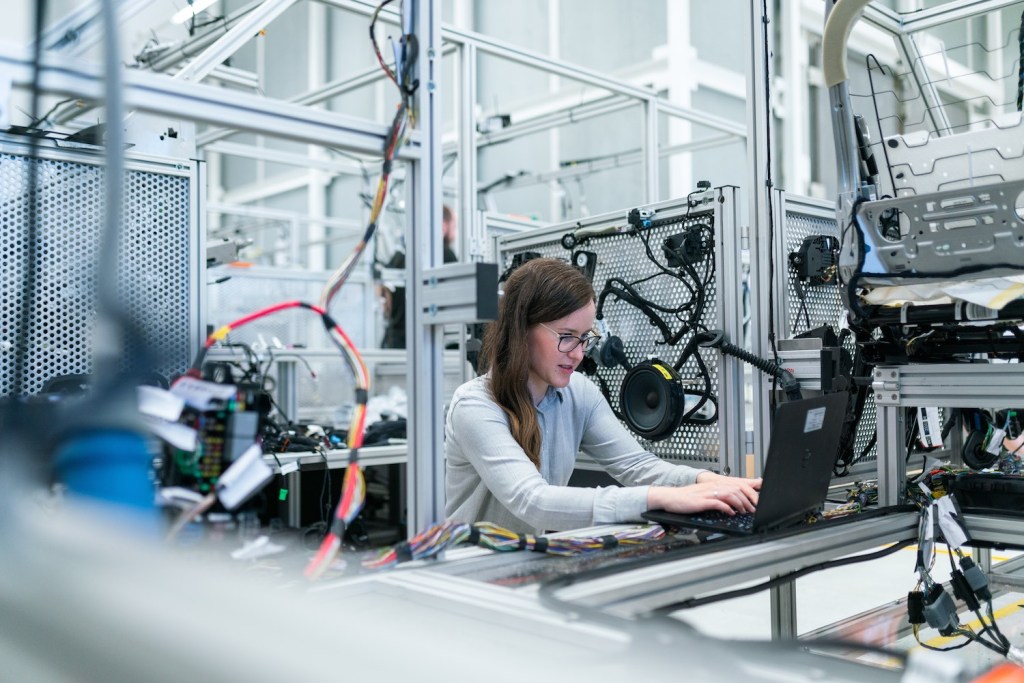
Engines with all their cylinders in one bank are called inline engines. These engines only need one set of overhead camshafts, which often makes them simpler and easier to work on. Their long piston travel results in torquey performance. And their inline layout means they have a perfectly balanced firing order.
Some of Chrysler Corporation’s most famous engines have been inline six-cylinders. Legendary I6s include the flathead Chrysler straight-six of the 1920s-50s, the steadfast slant-six of the 1960s-80s, and the Jeep 4.0-liter straight-six of the 1980s-2000s.
It’s unsurprising that Dodge returned to the I6 layout for its latest engine. According to Stellantis, the engineers in Auburn Hills, Michigan, addressed the traditional I6 engine’s weight issue by casting the Hurricane’s block out of aluminum alloy. Then, the engineers fine-tuned the Hurricane’s dimensions until it could fit into the Jeep Wrangler’s current engine bay. The result can be longitudinally mounted in any Stellantis vehicle currently using a HEMI V8.
Are two turbochargers better than one?
Two turbochargers allow engine tuners to have one come online at low RPMs and the other kick in at high RPMs for a flatter torque curve. Alternatively, both turbochargers can engage at the same RPM, but each feeds half the cylinders, so they are lightweight and more responsive.

Dodge chose two turbochargers for the second reason, rapid throttle response. Therefore, the 3.0-liter Hurricane I6 engine has two turbochargers, each feeding just three cylinders.
The standard Hurricane engine’s turbochargers are rated for 22 psi of boost. Dodge will also offer a high output (HO) version of the engine that makes 26 psi. This Hurricane HO will only run on premium gas but will make 540 horsepower.
To keep up with all the oxygen the turbochargers are ramming into the Hurricane’s cylinders, Dodge engineered a high-pressure fuel injection system. The new engine will pressurize its fuel to 5,075 psi to maximize the combustion process.
Is the Hurricane inline-six (I6) engine replacing the HEMI V8?
Stellantis states, “The Hurricane twin-turbo I-6 is the primary internal combustion power plant of the future in North America for vehicles using the STLA Large [muscle car and 4WD SUV] and STLA Frame [Ram truck] platforms.” The Hurrican I6 engine will replace the Hemi V8 in most applications by the end of 2024.
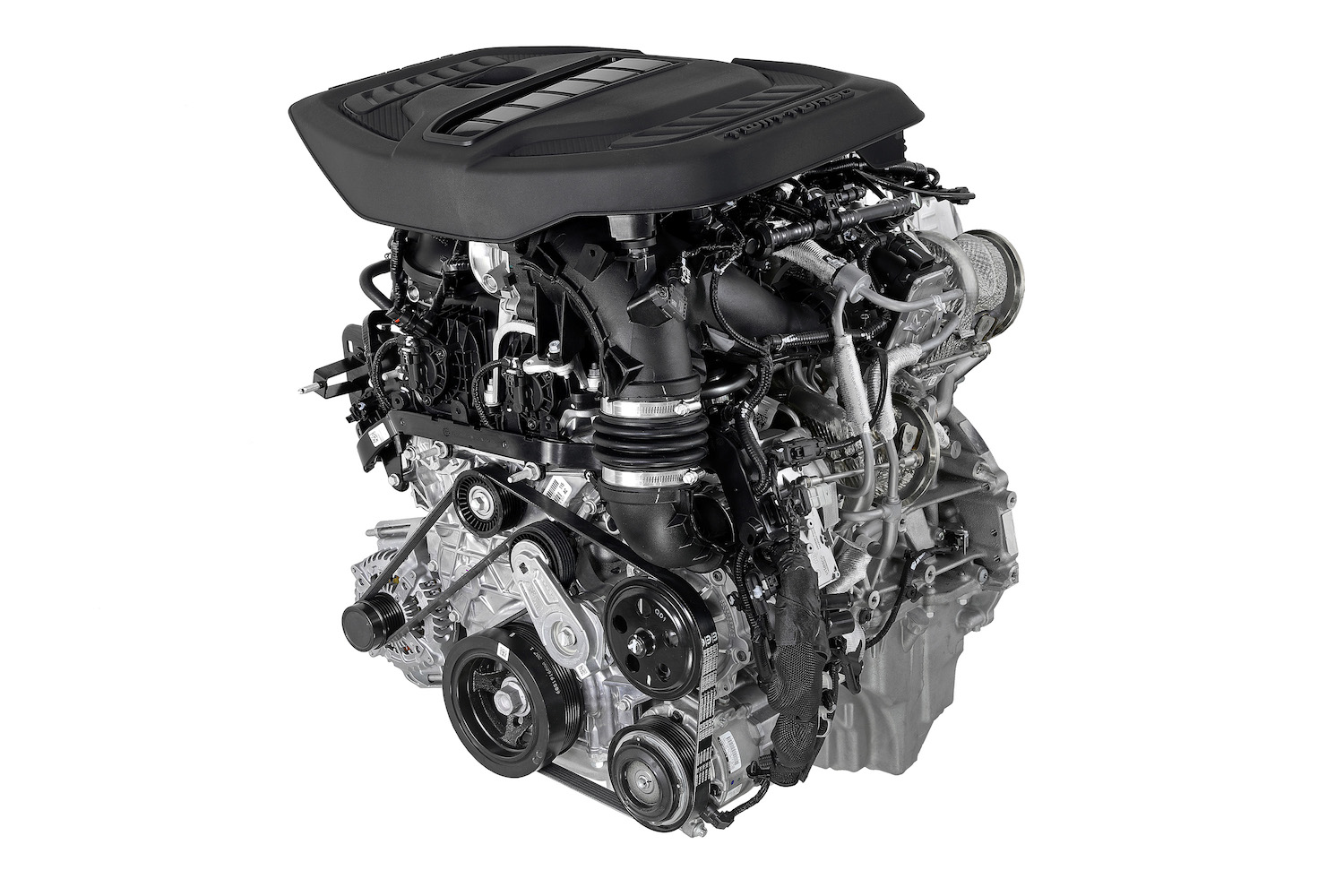
The regular output Hurricane I6 engine is on track to replace the 5.7-liter HEMI V8 while the high-output will replace the “392” 6.4-liter HEMI. At first, the new engine’s cost may prevent it from replacing the “Pentastar” naturally-aspirated V6 as the entry-level engine in most vehicles. In fact, Stellantis is retooling the factory where it builds the Pentastar V6 to produce a hybrid version.
So what will be the last model year of the legendary HEMI V8?
Dodge’s CEO, Tim Kuniskis admitted he plans to kill the current chassis of the Dodge Charger, Dodge Challenger, and Dodge Durango before the 2024 model year. The internal combustion Hellcat is going extinct at the same time. There’s a very good chance that no 2024 Dodge will offer a V8.
When will Jeep and Ram transition away from the V8? Ram is currently testing Hurrican-powered 1500 trucks, probably a midcycle refresh for the 2025 model year. We’ll have to wait and see if it continues building a V8-powered Ram 1500 “Classic” like you can buy today.
Finally, the Jeep Grand Wagoneer L is shaping up to be the first vehicle to showcase the new Hurricane I6. Will the Wrangler, Gladiator, and other Jeep models follow suit? The result could be the most powerful Wrangler in Jeep history.
Read about Dodge’s historic straight-six engines or see the differences between V6 and I6 engines in the video below:
